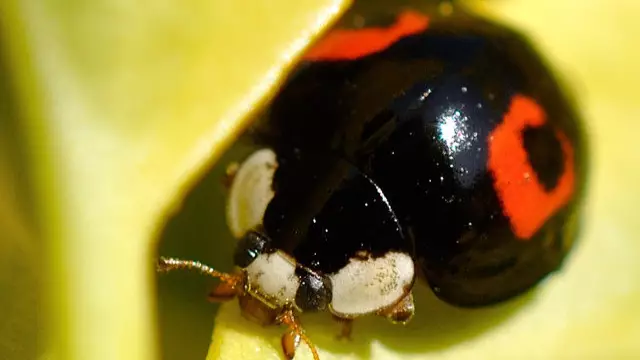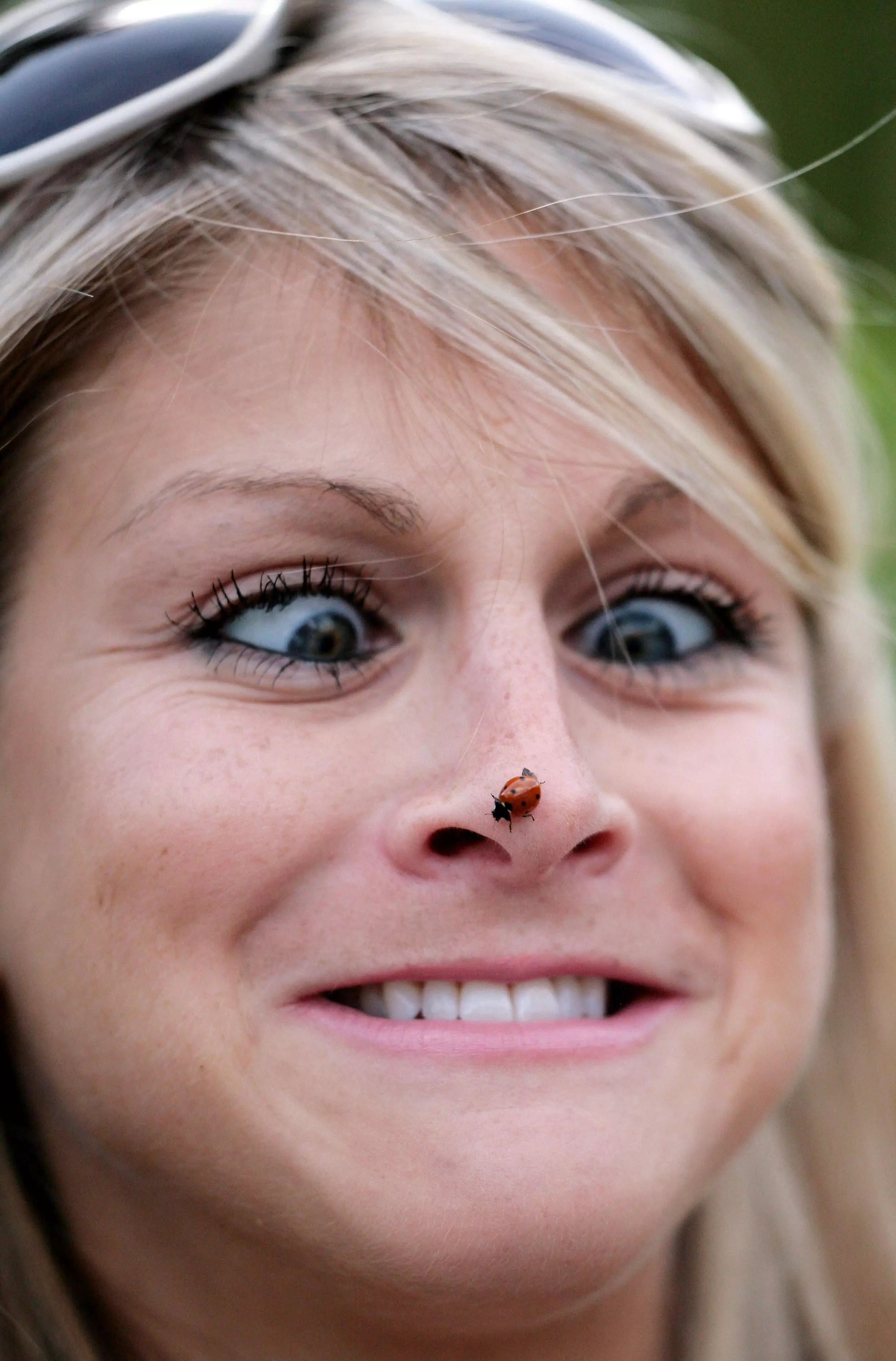
You'd think, that as the weather cools down, we in the UK are safe from insects as they tend to piss off when it's raining and cold, but you are dead wrong because there's a massive influx of ladybirds on its way and they've got STDs. Of course they have.
Harlequin ladybirds usually live in Asia and North America, but they like the UK in autumn, because of it's mild weather, apparently.
Loads of people have already taken to Twitter to share photos of their ladybird invasion in recent days and it appears to show no sign of slowing down.
I don't like insects even when they're not riddled with STDs, so there's nothing down for these little buggers if they end up my house.
However, if you do find any, try not to worry too much. The disease they carry, laboulbeniales, is a form of fungus, which they pass to each other via sex - dirty birdies - or from huddling close together.
Advert
It's not known what damage it actually does to the ladybirds who catch it, but it causes long, yellow growths on the bugs and could shorten their life spans or have a negative effect on the number of eggs a female can produce, according to the Ladybird Survery UK.
But it can't be passed on to people and is in no way harmful to us. It could be slightly more worrying news for our native ladybirds, though, it can infect them and they've already got enough on their plates having to deal with habitat loss.
Advert
And if infecting them with STDs isn't bad enough, the harlequin ladybird has also been known to eat smaller ladybirds.
Scientists are concerned that these non-native ladybirds are playing havoc with the numbers of the UK indigenous ones. In fact, since these bad boys rocked up in 2004, conservation experts have noticed at 30 percent drop in the two-spotted ladybird.

Credit: PA
Advert
The harlequin ladybird comes in a variety of colours and its markings can be red, orange or yellow, according to the Mirror. They're also bigger than the UK's native species.
And if there is a group of them together they can give off a 'chemical smell', which sounds unpleasant; they can also stain furniture or clothes, but if you do find one it's best to use a glass and a piece of card to remove it from your house rather than killing it, because that's bad karma and no one needs that.
Sources: The Ladybird Survey UK; The Mirror
Featured Image Credit: M Shattock/FlickrTopics: uk news